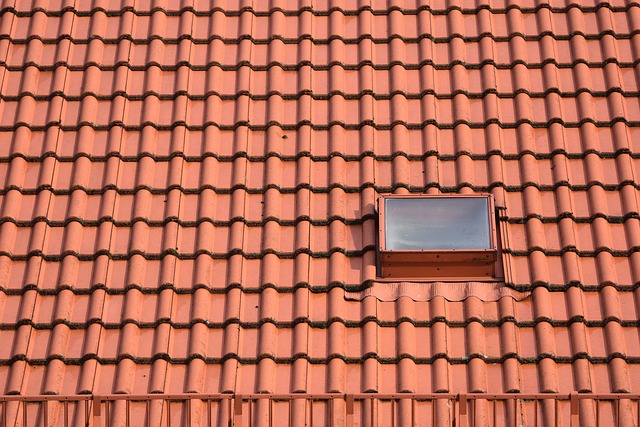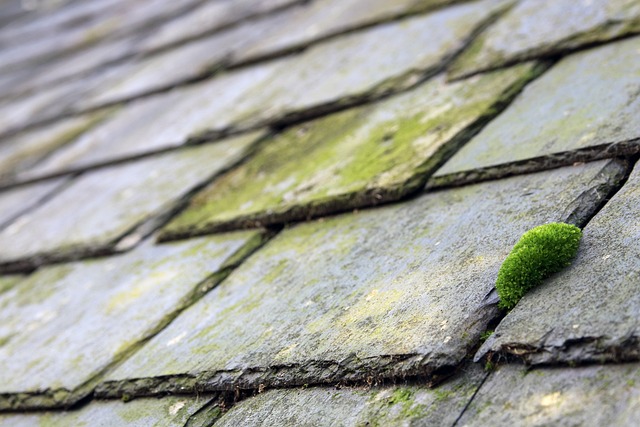Residential roofing is a critical aspect of home construction and renovation, combining structural integrity with aesthetic appeal. Homeowners can choose from diverse options like asphalt shingles, metal panels, tile, and wood shakes, each offering unique benefits tailored to climate, style, budget, and personal preference. Proper design considers local weather conditions, building codes, energy efficiency, and safety standards. Incorporating advanced materials and technologies enhances durability, reduces energy costs, and improves structural soundness. The evolving market prioritizes sustainability with eco-friendly options like recycled composites and green roofs, while smart materials integrate solar power and temperature regulation. Informed decisions ensure robust, visually appealing, and long-lasting roofing solutions.
“Unleash the power of a well-designed roof with our comprehensive guide on residential roofing. From understanding the fundamentals—exploring various types and concepts—to navigating crucial design factors, this article is your compass. We delve into material selection, efficient layout, energy efficiency, safety, and cutting-edge trends. Discover how to transform your home’s exterior, ensuring a robust, stylish, and sustainable roof. Optimize your space with expert insights tailored for modern living. Explore the vast possibilities of residential roofing today.”
Understanding Residential Roofing: Types and Basic Concepts

Roofing is a fundamental aspect of home construction and design, offering much more than mere shelter from the elements. Understanding residential roofing involves familiarizing yourself with various types and basic concepts that contribute to a structure’s overall durability, aesthetics, and energy efficiency. In today’s market, homeowners have an array of options when it comes to choosing a roof system, each with unique characteristics catering to different climatic conditions, architectural styles, and personal preferences.
The most common residential roofing materials include asphalt shingles, metal panels, tile, and wood shakes or shingles. Asphalt shingles are popular for their affordability, ease of installation, and ability to withstand various weather conditions. Metal roofs have gained traction due to their longevity, reflectivity (reducing cooling costs), and low maintenance requirements. Tile roofs offer a classic aesthetic appeal and excellent durability, while wood shakes provide a natural look but demand more upkeep. Each material has its advantages, influencing the overall design and functionality of a home’s roofing system.
Factors to Consider When Designing a Roof System

When designing a roof system for residential properties, several key factors need careful consideration. Firstly, the structural integrity and stability of the roofing materials are paramount. This includes selecting suitable and durable components that can withstand local weather conditions, such as snow load, wind speed, and rainfall intensity. The building’s architecture and style also play a significant role; designs should complement the overall aesthetic while ensuring functional efficiency.
Another critical aspect is energy efficiency and sustainability. Modern residential roofing often incorporates reflective or cool roofing materials to reduce heat absorption, thereby improving indoor comfort and lowering energy costs. Additionally, considering local building codes and regulations related to roof design and safety standards is essential to ensure compliance and avoid potential legal issues.
Choosing the Right Material for Your Home's Roof

When designing or replacing a residential roofing system, selecting the appropriate material is a pivotal decision that impacts durability, aesthetics, and long-term costs. Factors like climate, architectural style, budget, and personal preference play a significant role in choosing the ideal roof material for your home. For instance, in regions with frequent snowfall, a strong and weatherproof material like metal or slate might be preferable. Alternatively, homeowners seeking energy efficiency may opt for asphalt shingles, which are readily available and cost-effective.
Each roofing material offers unique benefits. Metal roofs, for example, are known for their exceptional longevity and resistance to extreme temperatures. Slate roofs, with their natural beauty and durability, can significantly enhance a home’s curb appeal and value. Asphalt shingles, the most common choice for residential roofing, provide excellent protection against leaks and fires at a relatively affordable price. Understanding these options allows homeowners to make an informed decision tailored to their specific needs, ensuring a robust and visually appealing roof that complements their home’s overall design in the vibrant landscape of residential roofing.
Efficient Roof Layout and Structure Design

Efficient Roof layout and structure design play a pivotal role in residential roofing, ensuring both functionality and aesthetic appeal. A well-optimized roof plan begins with considering the building’s architectural style, local climate patterns, and available space. For instance, in regions prone to heavy snowfall, a sloped roof is often the preferred choice for effective snow shedding. Conversely, flat roofs gain popularity in warmer climates, offering cost-effective solutions and accommodating green or solar panels.
Structural integrity is another key aspect. Modern residential roofing incorporates advanced materials like high-strength steel or wood trusses that distribute weight evenly, enhancing durability. Proper roof framing ensures the structure can withstand various environmental stresses, from strong winds to heavy rain. This attention to design not only extends the lifespan of the roof but also contributes to the overall structural soundness and safety of the home.
Energy-Efficient Roofing Options for Homes

When designing a roof system for homes, incorporating energy-efficient options is not only environmentally responsible but also offers long-term savings for homeowners. Modern residential roofing includes a range of materials and technologies that significantly reduce energy consumption and improve building insulation. For instance, reflective roofs that utilize cool colors or special coatings can absorb less heat, thereby decreasing the need for air conditioning.
One popular choice is the installation of high-performance insulations and ventilation systems under the roofing material. This creates a better thermal barrier, preventing heat transfer between the interior and exterior of the home. Additionally, energy-efficient roofs often incorporate solar reflective membranes or tiles, which not only minimize heat absorption but also can harness solar energy for power generation, further enhancing the overall energy efficiency of the residential roofing system.
Safety and Maintenance Considerations in Roof Design

When designing a roof system for residential properties, safety and maintenance are paramount. Homeowners should prioritize roofs that offer robust protection against environmental elements while ensuring the well-being of occupants. This includes selecting materials resistant to high winds, heavy rainfall, and snow loads, as specified by local building codes. Regular inspection and maintenance are also crucial to prevent leaks, ensure structural integrity, and prolong the lifespan of the roof. A well-maintained residential roofing system not only safeguards against damage but also prevents costly repairs and replacements.
Designers and homeowners alike must consider accessibility for maintenance. This involves creating safe, easy-to-navigate paths for repair workers and ensuring adequate space for equipment storage. Proper ventilation is another key aspect, as it helps regulate temperature and humidity, reducing the risk of rot and mold. By integrating these safety and maintenance considerations into roof design, residential properties can enjoy durable, efficient, and safe roofing solutions.
Latest Trends and Innovations in Residential Roofing

The latest trends in residential roofing are pushing the boundaries of design and functionality, driven by advancements in technology and a growing focus on sustainability. One prominent innovation is the integration of smart materials that can improve energy efficiency and reduce maintenance costs. For instance, some roofs now feature solar panels that not only generate clean energy but also act as reflective surfaces, helping to keep homes cooler during hot summers.
Another notable trend is the shift towards eco-friendly roofing options, such as recycled or biodegradable materials. These include rubber shingles made from old tires and plant-based composites that offer excellent durability while minimizing environmental impact. Additionally, green roofs—roofs planted with vegetation—are gaining popularity due to their ability to insulate buildings, absorb rainwater, and provide habitats for urban wildlife.
